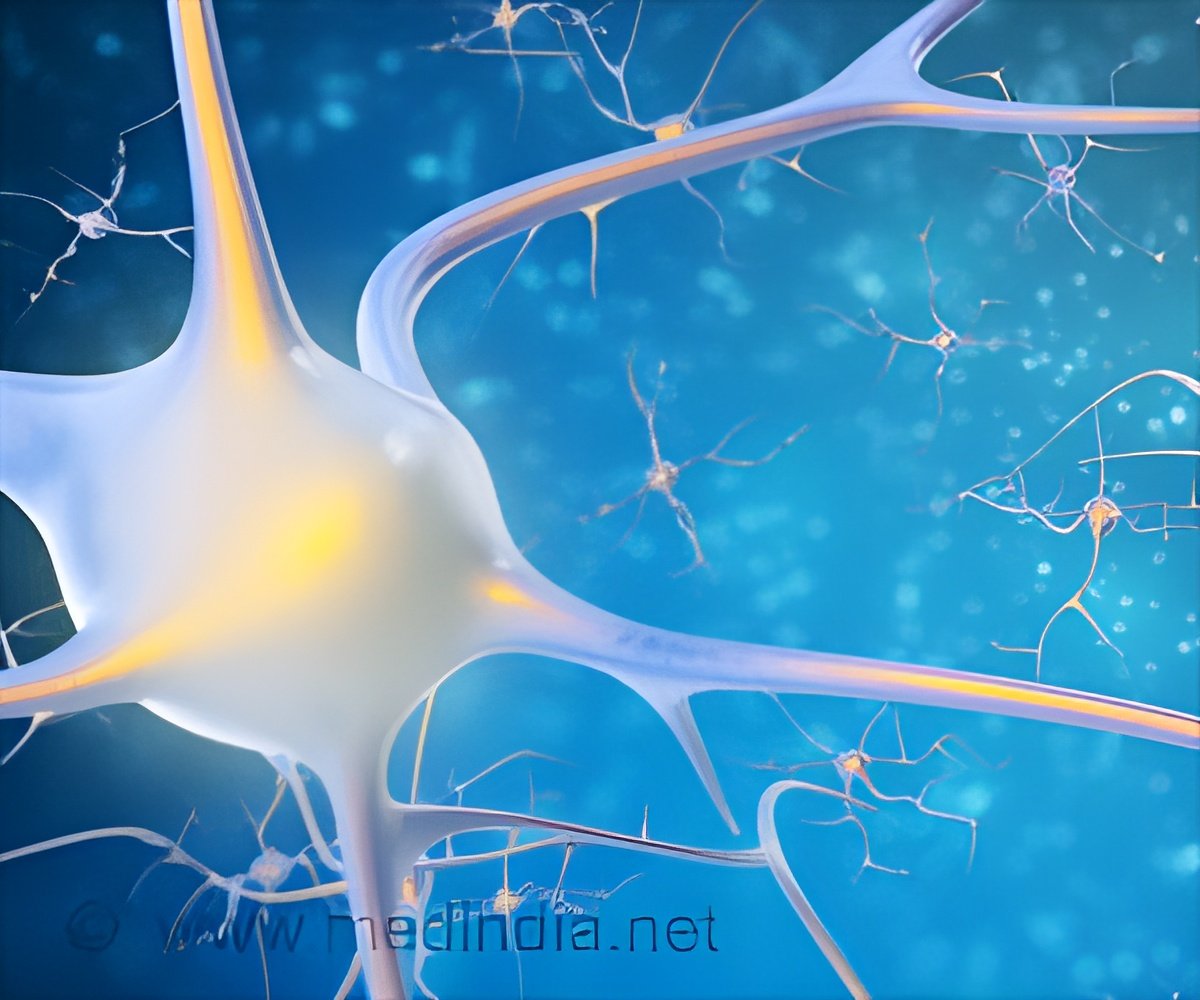By finding how sodium influences a major call of brain cell receptors, scientists speculate that this revelation may pave way for development of new treatments for brain disorders

The researchers revealed the basis for sodium's effect on signaling with a high-resolution 3-D view of an opioid receptor's atomic structure.
Opioid receptors are activated by peptide neurotransmitters (endorphins, dynorphins and enkephalins) in the brain and also by plant-derived and synthetic drugs mimicking these peptides: among them morphine, codeine, oxycodone and heroin.
For the new study, the team constructed a novel, fusion-protein-stabilized version of one of the main opioid receptors in the human brain, known as the delta opioid receptor, and managed to form crystals of it for X-ray crystallography. The latter revealed the receptor's 3-D atomic structure to a resolution of 1.8 Angstroms (180 trillionths of a meter)-the sharpest picture yet of an opioid receptor.
The analysis yielded several key details of opioid receptor structure and function, most importantly the details of the "allosteric sodium site," where a sodium ion can slip in and modulate receptor activity.
The team was able to identify the crucial amino acids that hold the sodium ion in place and transmit its signal-modulating effect.
Advertisement
The findings have been published online in the journal Nature.
Advertisement











